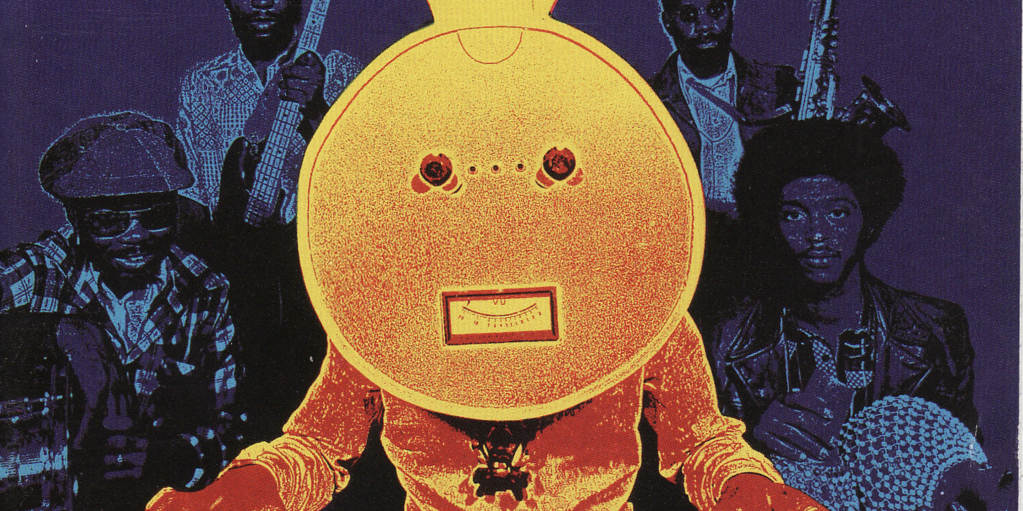
-
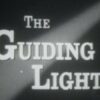 play_arrow
play_arrow
-
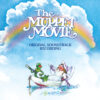 play_arrow
play_arrow
-
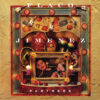 play_arrow
play_arrow
The Sounds of America: Flaco Jiménez’s Partners album BMPAudio
-
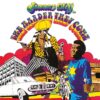 play_arrow
play_arrow
The Sounds of America: The Harder They Come Soundtrack BMPAudio
-
 play_arrow
play_arrow
-
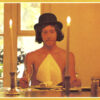 play_arrow
play_arrow
-
 play_arrow
play_arrow
-
 play_arrow
play_arrow
-
 play_arrow
play_arrow
-
 play_arrow
play_arrow
Science Of Happiness 76: If You Want to Be More Productive, Cut Yourself Some Slack BMPAudio
-
 play_arrow
play_arrow
-
 play_arrow
play_arrow
-
 play_arrow
play_arrow
Science of Happiness 73: How to Switch Off Your Critics BMPAudio
-
 play_arrow
play_arrow
-
 play_arrow
play_arrow
Science of Happiness 72: How To Reconnect With Your Partner BMPAudio
-
 play_arrow
play_arrow
The Science of Happiness 71: Do You Want To Be More Patient? BMPAudio
-
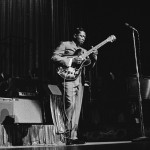 play_arrow
play_arrow
Red, White and the Blues BMPAudio
-
 play_arrow
play_arrow
The Science Of Happiness 70: How To Love People You Don’t Like BMPAudio
-
 play_arrow
play_arrow
The Science of Happiness 69: What’s Your “Why” In Life? BMPAudio
-
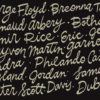 play_arrow
play_arrow
The Science of Happiness 68: From Othering to Belonging BMPAudio
-
 play_arrow
play_arrow
The Science of Happiness 67: Taking Small Steps toward Big Goals BMPAudio
-
 play_arrow
play_arrow
1A Memorial Day Special BMPAudio
-
 play_arrow
play_arrow
The Science of Happiness 66: How to Connect When You Must Stay Apart BMPAudio
-
 play_arrow
play_arrow
-
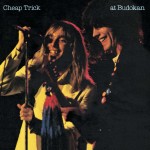 play_arrow
play_arrow
-
 play_arrow
play_arrow
The Science of Happiness 64: Helping Kids Think About the Good BMPAudio
-
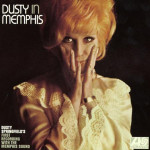 play_arrow
play_arrow
-
 play_arrow
play_arrow
The Science of Happiness 63: Remembering to Breathe BMPAudio
-
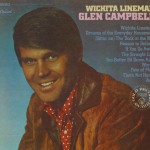 play_arrow
play_arrow
-
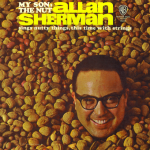 play_arrow
play_arrow
The Sounds of America: “Hello Muddah, Hello Fadduh” BMPAudio
- Home
- keyboard_arrow_right Productions
- keyboard_arrow_right Public Radio
- keyboard_arrow_rightPodcasts
- keyboard_arrow_rightThe Sounds of American Culture
- keyboard_arrow_right Jerry Lee Lewis: ‘Whole Lotta Shakin’ Goin’ On’
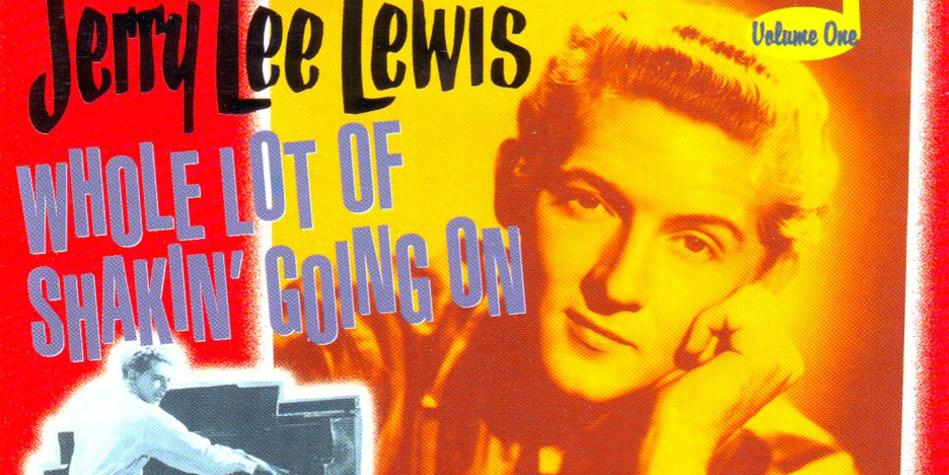
-
 play_arrow
play_arrow
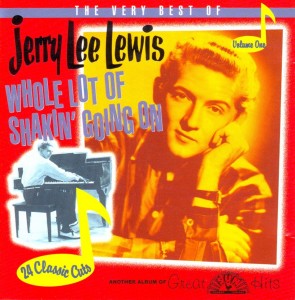 After 50 years of igniting keyboards, audiences and scandals, you’d think Jerry Lee Lewis might want to take a break. But “the Killer” is still rocking.
After 50 years of igniting keyboards, audiences and scandals, you’d think Jerry Lee Lewis might want to take a break. But “the Killer” is still rocking.
Lewis, who turned 71 in September 2006, recently released his first album in more than a decade. The aptly titled Last Man Standing features 21 duets, pairing him with Eric Clapton, Willie Nelson, Buddy Guy, Bruce Springsteen and others. It also showcases the hell-raising spirit that launched Lewis’ career.
The Louisiana-born pianist with the shock of wavy blond hair first walked into the Sun Studio in Memphis, Tenn., in the fall of 1956. He cut his debut recording, a fiery version of Ray Price’s “Crazy Arms,” and was called back soon afterwards to record a follow-up. Music producer and sound engineer Jack Clement was in the studio when Lewis returned. He listened as the band performed Clement’s own song, “It’ll Be Me.” But Clement grew bored and asked them to play something else. “Hey Jerry,” bass player J.W. Brown suggested, “Why don’t you do that song we’ve been doing on the road that everybody likes so much?”
With the sound equipment already set to record, Clement simply turned the machine on. And Lewis started to play.
“I remember it very distinctly,” says Lewis. “I cut the song, ‘Whole Lotta Shakin’ Goin’ On.’ Was cut the first time. I knew it was a hit when I cut it. [Sun Studio founder] Sam Phillips thought it was gonna be too risque, it couldn’t make it. If that’s risque, well, I’m sorry.”
With the release of “Whole Lotta Shakin’,” the flamboyant rock rebel became an instant sensation and the record soared up the pop, country and R&B charts. When he performed, Lewis commanded the stage with bench-kicking showmanship and his unique meld of boogie-woogie piano, gospel and blues. As music historian Robert Gordon notes: “Jerry Lee began to show that in this new emerging genre called rock ‘n’ roll, not everybody was going to stand there with a guitar.”
In 2005, the Library of Congress selected Lewis’ “Whole Lotta Shakin'” for the National Recording Registry.
Tagged as: Jack Clement, Jerry Lee Lewis, Robert Gordon.
Similar posts


Recent Posts
About Us
Whether a syndicated national radio series, podcast, documentary or audiobook, BMP Audio creates imaginative, sophisticated and effective sound tracks for your ideas. Our fully digital production facilities assure the highest level of audio fidelity. The world’s top broadcast companies know this – and that’s why they choose BMP Audio.
Search

